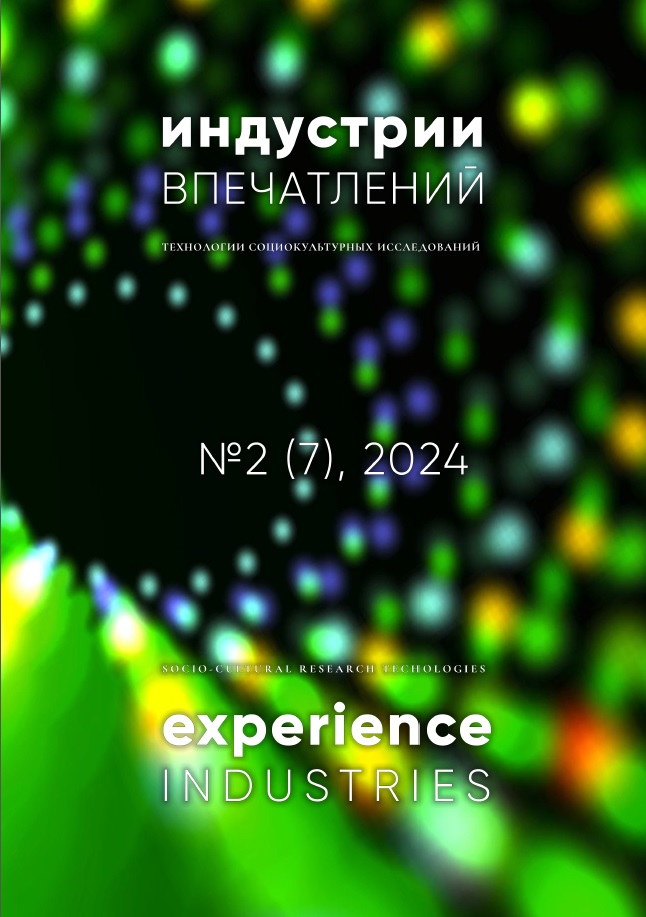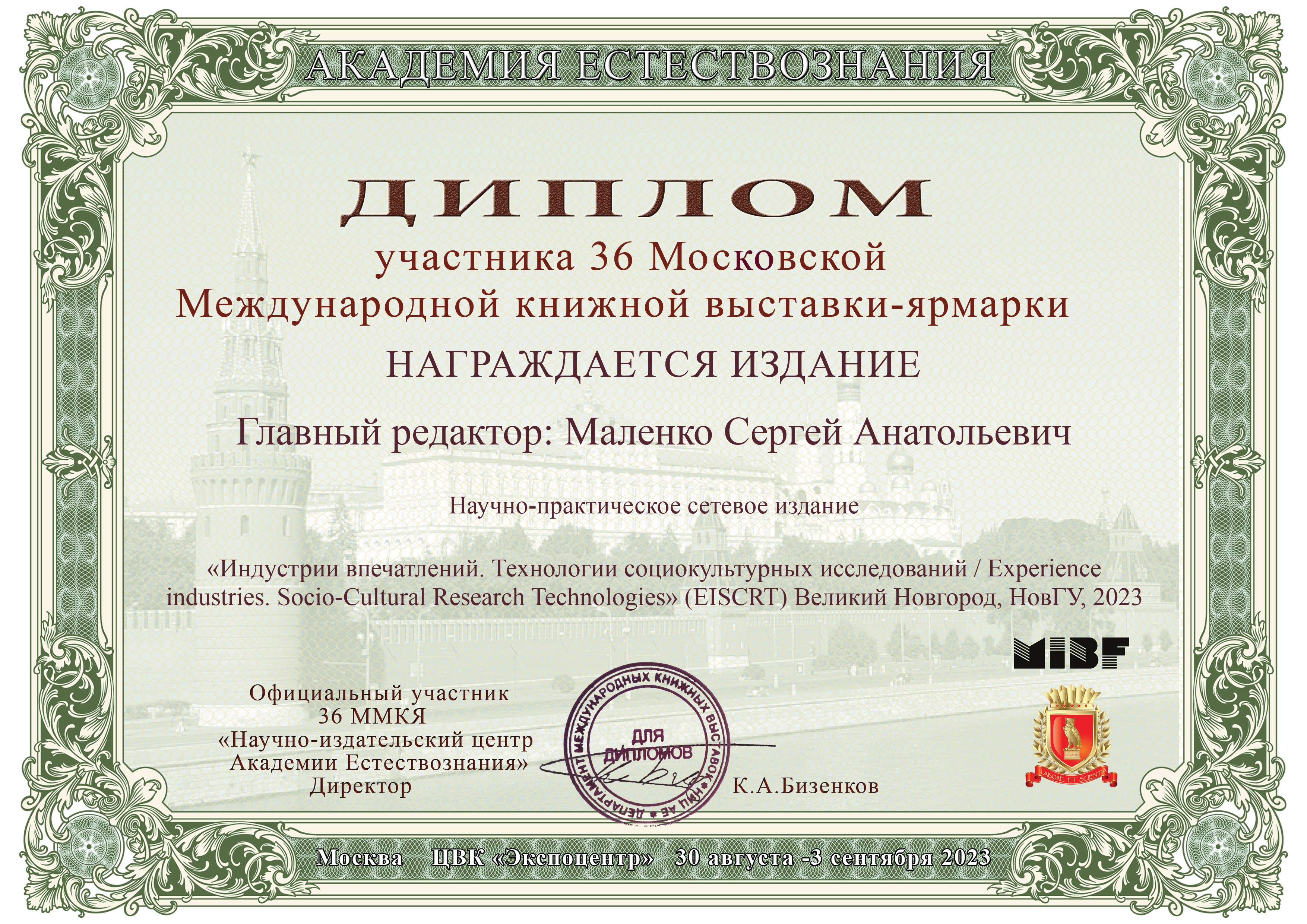ЭВОЛЮЦИЯ РОССИЙСКОЙ БАЙК-КУЛЬТУРЫ: ОТ «БЕЗУМНОГО МАКСА» ДО «НОЧНОГО ВОЛКА»
DOI:
https://doi.org/10.34680/EISCRT-2024-2(7)-156-186Ключевые слова:
Безумный Макс, Ночные волки, байк-культура, идентификация, киногерой, роман-антиутопия, постапокалиптическая сага, воин дороги, biker movie, road movieАннотация
Предметом изучения настоящей статьи является специфика репрезентации фигуры байкера в современной экранной культуре и влияние этой репрезентации на российскую байк-культуру. Актуальность исследования состоит в том, что критерии оценки, используемые социологами в отношении зарубежной культуры байкеров малоприменимы к российской байк-культуре, сформировавшейся в иной историко-культурной ситуации. Автор выдвигает гипотезу, согласно которой, образ героя в байк-культуре «Ночные волки» сформировался под влиянием серии фильмов «Mad Max» режиссера Д. Миллера. Однако идентификация с представленными в фильмах Д. Миллера образами байкеров в данной субкультуре пошла по линии обособления от них, в сторону идентификации с главным героем Максом. Впервые многолетняя зрелищная деятельность «Ночных Волков» в области создании новогодних сказок для детей рассматривается в качестве примера эволюции образа героя в данной байк-культуре от Безумного Макса, как воина, которым движет личная месть, до Ночного волка, воплощающего образ народного героя. Делается вывод, что образ главного героя фильма Д. Миллера Макса Рокатански стал отправной точкой в создании представителями субкультуры «Ночные волки» уникальной волчьей эпопеи. Исследование базируется на результатах изучения уличных сообществ Ф. Трэшера, теории первичной и вторичной идентификации зрителя с киногероем К. Метца, исследованиях жанров «biker movie» и «road movie», концепции развития самосознания личности В. С. Мухиной.
Для цитирования статьи:
Семенова, Е. А. (2024). Эволюция российской байк-культуры: от «Безумного Макса» до «Ночного Волка». Индустрии впечатлений. Технологии социокультурных исследований (EISCRT), 2 (7), 156-186. https://doi.org/10.34680/EISCRT-2024-2(7)-156-186








